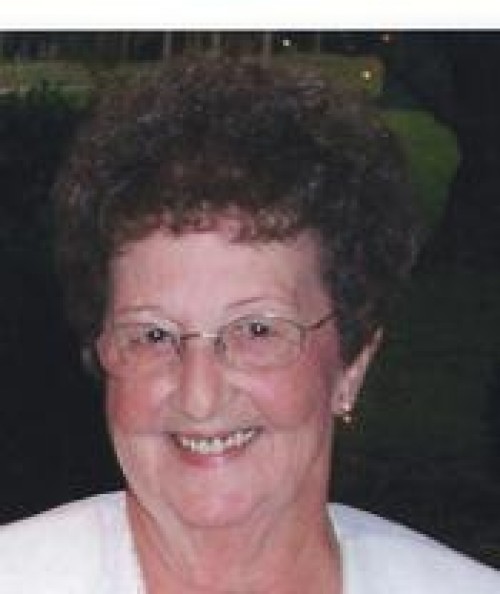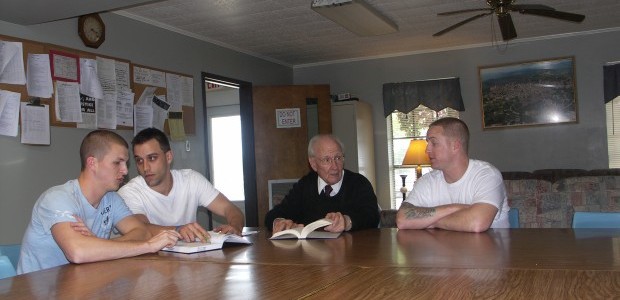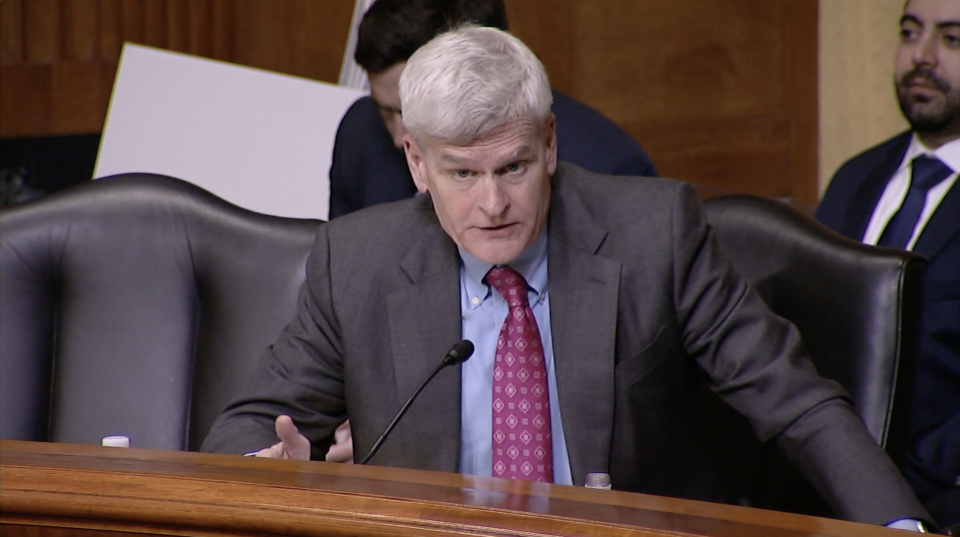
Wilma Pinel Breaux
April 4, 2012
Locals protest Florida shooting
April 4, 2012State budget cuts will impact increasing numbers of public services this year. The ones that survive, according to Assisi Bridge House Associate Director Bro. John Olsen, will be those that find funding beyond government resources.
Services in trouble include treatment centers and halfway houses, intended to deliver participants from the grip of substance abuse.
Louisiana is among the top 10 states listed for drug abuse in America. According to the Substance Abuse and Mental Health Services Administration, the Bayou State saw 26,334 residents (the most recent count available) admitted into drug and alcohol treatment programs during 2010.
Of Louisiana’s 95 registered treatment centers, most, including the Assisi Bridge House near Schriever, rely on state funding to perform their work.
Unlike many centers, Assisi Bridge House is not waiting for the budget axe to fall before securing revenue sources to compensate for an anticipated 50 percent loss in annual state funding for its $240,000 budget.
Positive Planning
In March, the Assisi Bridge House Board of Directors kicked off a campaign through which it hopes to fill a financial gap with private donations from both those familiar and unfamiliar with the treatment center.
“We have a very successful half-way house here in Terrebonne Parish,” board member Daphnie Domino said. “The house will need the community’s assistance to continue operating due to upcoming cutbacks by the state.”
Assisi Bridge House board members, the Diocese of Houma-Thibodaux, drug courts and participating clients ALL are concerned about financing a program that they contend produces results.
The Assisi Bridge House offers a concentrated 90-day treatment and training program. During that time, resident clients are required to participate in daily living chores as well as instruction on substance abuse and its impact on both users and people around them.
In 2010, Assisi Bridge House had 59 residents for an average monthly capacity of 92 percent. Olsen said a survey of graduated participants from that group, that the facility was able to contact, found 61 percent remained sober for one continuous year – a significant number as half-way houses go.
Experienced Voices
David Foreman is a client resident from Baton Rouge. He entered an interview with Olsen and three of his fellow client residents by announcing that he had been approved to go home in a week.
“My story is my wife died five years ago and that is why I started doing drugs,” Foreman said.
As a high school teacher, drug use that included painkillers and heroin not only separated Foreman from his profession, but his motherless children as well.
“I’ve been in recovery for eight months now,” Foreman said. “I just want to be a better father and I want to get back home.”
Other client residents willingly told their stories. Each stated they wanted others to learn from their experiences.
Joey Sanger is from Slidell. The 26-year-old began using a mixture of narcotics when he was 12 and spent the past 10 years in and out of treatment centers.
“This center is different because there is a freedom and a trust they give us,” Sanger said. “We do a lot as a group together. Yeah, there is counseling, but a lot of what you get comes from the other guys. I can relate to everybody in this house one way or another.”
“I’m 27 and I started using when I was 16,” resident client Rickie Nunez of St. Bernard said. “I started off using marijuana and progressed to Xanax and Ecstasy, opium and heroin.”
In January 2011, Nunez began his first treatment program but did not participate in a halfway house. “I went right back and my whole life stopped,” he said.
A year later, Nunez returned to treatment, but agreed to go to Assisi Bridge House because he heard of its success rate.
Joshua Motte, 26, is also from Slidell. He began his life with drugs at the age of 11. After being in an automobile wreck five years ago, he was prescribed OxyContin, but found that shooting heroin was less expensive.
After completing seven different programs and returning to drugs each time, Motte realized the life he had created for himself.
“I’ve learned more here in the past two months than I’ve learned in my 26 years,” Motte said. “When you live in a house with 14 other people they tell you about yourself. You learn the drugs are a symptom of your addiction and there are usually underlying factors as to why you use drugs.”
“A few years ago clients were coming from homes or homelessness,” Olsen said. “Now, most come through the courts.”
Legal Perspective
“Halfway houses are all over the map in terms of program offerings, quality and effectiveness,” Lafourche Parish Drug Treatment Court Administrator Fred Duplechin said. “There are a limited number of half-way houses in the state that we have great confidence in, and Assisi [Bridge] House is top on that list.”
Duplechin said drug users come from all walks of life and range from children living at home to adults with professional careers. He identified Assisi Bridge House as a community in comparison to a “sterile hospital environment.”
The court administrator admitted being concerned about what state cuts will do to treatment centers, participants and society.
“There is such a high correlation between drugs and criminality that the criminality is going to shoot up,” Duplechin said. “So, instead of paying $4,000 to put someone in treatment the state is going to pay $25,000 a year to put them in prison. Just with 100 clients, if you put them in prison at $25,000 a year that’s $2.5 million.”
Duplechin said sweeping government cuts tend to correct themselves only when societal conditions worsen. “It will get to a point that so many people are suffering that there is going to be an outcry and we will begin funding services again,” he said.
Recognized Results
“My first treatment center, I didn’t want to go,” Nunez said. “I went because my family was on my back. This time I made the choice myself to go into treatment. Unless you are ready and you want it there is nothing that can be done for you.”
Motte said the positive atmosphere of Assisi Bridge House made a difference for him. “I’ve learned about getting out of your environment to make a change. I don’t want to go back to Slidell, because everything I know there is negative. That’s where I got in trouble,” he said.
Olsen said that although there are limits to what this halfway house can offer, it provides a foundation upon which participants might rebuild their lives.
Foreman added that in his case, he will return to work as a teacher in August.
“Even though we are backed by the diocese, because we receive state funds, we are prohibited from teaching religion and preaching at them,” Olsen said with a grin. “So, we show them how to be better people.”
Lessons about substance abuse and acceptable ways to deal with life are on the curriculum of Assisi Bridge House.












